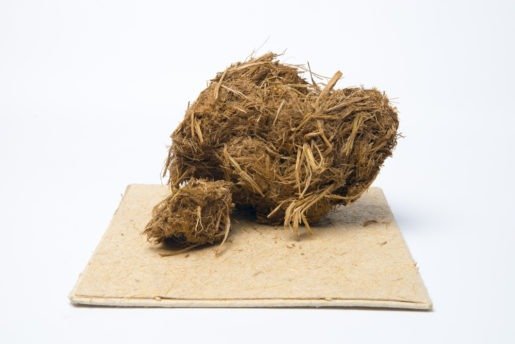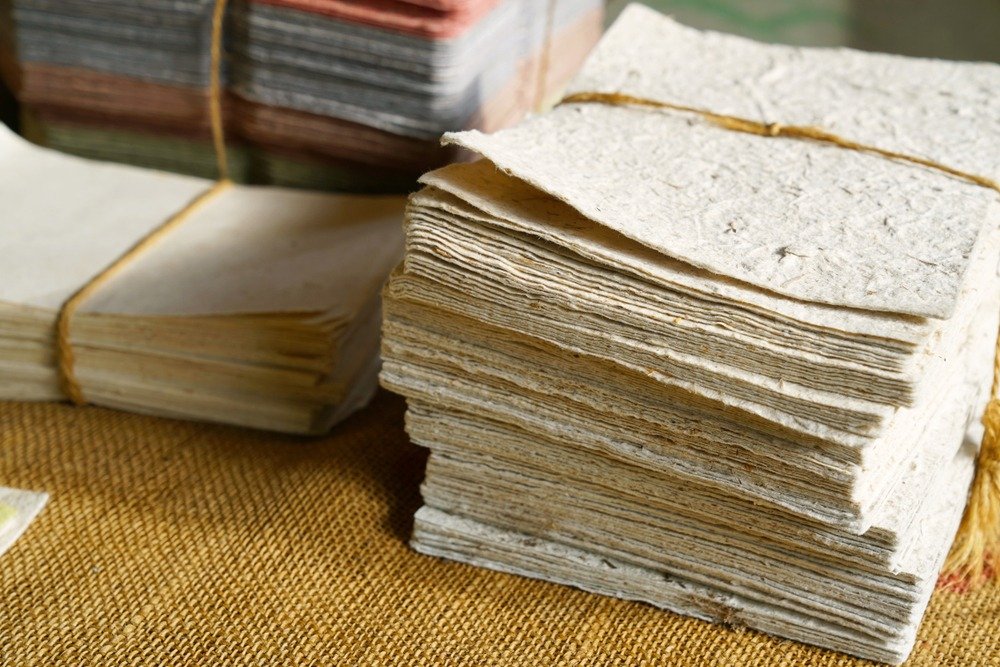More and more people practice an eco-friendly or environmentally friendly lifestyle. They are adopting habits to generate the lowest possible impact on nature. More and more companies are joining in this movement, putting eco-friendly products on the market. However, few in the world are like Thusitha Ranasinghe’s elephant dung paper mill.
Ranasinghe was born in a family of printers. They have marketed paper for three generations from different parts of the world. Twenty-three years ago, Ranasinghe came up with a brilliant idea: to produce paper using elephant dung as a raw material. Elephant dung contains a large amount of fiber. Apart from creating an eco-friendly product, he also managed to bridge the eternal conflict in the country between farmers and large mammals over land. The company employed inhabitants of rural areas and changed their perception of these animals. 
At first, the idea seemed crazy for all those close to Ranasinghe. However, at present, the company employs more than 120 people. It has small locations in Kandalama and Rangirigama, plus many stores spread across the country. And although the plant has moved to the capital Colombo, its main factory is still in Kegalle, with more than 70 workers.
Processes paper production goes through
Wibatha Wijerathne, the manager of the factory, explains that they don’t use chemicals in the process of making paper. Wijerathne notes that Thusitha was the pioneer in using pachyderm droppings to make recycled paper.
Most of the factory’s production is paper they make from a 50% mixture of excrement and recycled paper. The resulting product is very rough as it contains many more fibers and can only be used for box designs or photo frames. Its texture makes it challenging to write on it. Still, the mixture creates a more elegant product ideal for books and notebooks.
The entire process begins with the elephants’ weak digestive system. Elephants are herbivorous animals that consume a highly fibrous diet, but their digestive system is somewhat inefficient. They do not digest or completely break down all the fibers they eat. This results in a significant amount of intact fiber when defecating that is a perfect raw material for paper production.
After drying the droppings in the sun, they boil them for a few hours until reaching a temperature of 130 degrees. This kills all the bacteria and softens the fibers, making them more flexible, with a texture similar to that of a paste. They mix the pulp with the recycled paper afterward, and, if applicable, add a natural dye.
They pour a mixture into a large sink filled with water. There is a frame with a submerged grid where the pulp is spread evenly. They are stacked until passing through a press to drain the water. Then they leave it to dry in the shade.
In the end, a meticulous process begins. The factory workers do paper manufacturing by hand. Each final product, be it greeting cards, notebooks, notepads, boxes, books, business cards, restaurant menus, or photo frames are unique in that they are handmade.















